The cold duck farming model of Ms. Dang Nhu Thuan, Tan Hiep commune, has high productivity and ensures the environment.
Protect the environment from the barn
In order to improve productivity, protect the environment and minimize disease risks, many livestock farms in Phu Giao district have boldly invested in applying high technology in production. From modern, automated barn systems to microbiological waste treatment solutions, this livestock model not only helps increase economic efficiency but also aims at sustainable agricultural development.
One of the highlights is the closed barn model combining an automatic cooling system and temperature control, helping to reduce stress for livestock and limit disease. At Vietnam Joint Stock Company - Phu Giao Branch, this system has been deployed for a herd of up to 5,000 pigs. Thanks to good control of environmental factors in the barn, the loss rate due to disease has decreased by 30%, bringing about clear efficiency in both economic and epidemiological safety.
Not only that, the use of automatic feeding machines and monitoring using IoT (internet of things) technology is becoming popular in large-scale farms in the district. This model helps provide food accurately in terms of time and volume, limits surplus, increases weight gain and reduces labor costs. A typical example is the chicken farm of Mr. Nguyen Huu Quang, Vinh Hoa commune, which is currently raising 10,000 chickens using an automated model. Mr. Quang shared: "Thanks to the application of automatic feeding and watering machines, I have saved about 30% of labor costs and chicken meat production has increased by 10% compared to the previous traditional farming method."
Along with production, farms also focus on waste treatment to minimize environmental pollution. Currently, Japfa Comfeed Company is applying microbiological technology to treat waste from a 20,000-pig farm in Phu Giao district, creating about 200 tons of organic fertilizer per month.
According to Mr. Tran Minh Duc, Head of the Phu Giao District Animal Husbandry and Veterinary Station, to minimize the negative impact of livestock farming on the environment, the unit has closely coordinated with related units and farm owners to build a comprehensive biosafety model, from disease management to waste treatment. “We pay special attention to vaccination, sanitation, and periodic disinfection of barns. Livestock waste treatment is also an important task. Many facilities have installed large-scale biogas systems, both treating solid and liquid waste and producing gas for daily life, cooking, and barn operations,” said Mr. Tran Minh Duc.
Towards sustainable livestock farming
In Tan Hiep commune, one of the localities with the largest number of large-scale livestock farms in Phu Giao district, Ms. Dang Nhu Thuan's cold duck farming model in Hamlet 5 is a typical example of an environmentally friendly production method. Her farm has a scale of about 24,000 ducks with 6 barns invested in a temperature, humidity and automatic ventilation monitoring system. In addition, she also installed a biogas tank to treat waste in a closed system, minimize odors and limit the risk of disease. "On average, I produce a batch every 45 days. Raising ducks using high technology and biosafety processes, the flock develops stably, and the output is also more favorable. However, for high-tech and biosafety farming to be widely replicated, the initial investment cost for modern systems is the biggest obstacle for small households," Ms. Thuan shared.
The development of high-tech livestock farming associated with environmental protection is gradually reshaping the face of Phu Giao district's agriculture . According to the district's leaders, in recent times, the locality has been actively supporting farm owners and livestock households to access technology, improve production techniques, and promote the systematic and scientific treatment of livestock waste. In the coming time, the district will promote technical support through training courses and direct guidance at households and farms. The focus is on helping people access biosafety techniques, understand and apply new livestock technologies, especially the use of biological products in waste treatment and disease prevention.
In addition, Phu Giao district aims to build pilot models of high-tech livestock farming in each commune. Each model will act as a technical “nursery”, from which it will spread to other localities, creating a solid foundation for expanding modern production. This is considered a practical solution to improve production levels and environmental protection awareness in the farming community.
One of the key tasks of the district is to build a clean agricultural value chain linked to the consumer market. In the coming time, the district will connect the stages in the chain from supplying feed, breeding animals, slaughtering, processing to distributing products to improve quality, trace the origin and increase the competitiveness of local livestock products. At the same time, the locality will strengthen periodic inspection of wastewater and emissions at farms; coordinate to support legal procedures, monitor the environment and protect the ecosystem around livestock farming areas...
Phu Giao district currently has nearly 470,000 pigs; there are 112 pig farms applying high technology, accounting for 85.1% of the total herd; there are more than 3.6 million poultry, with 92 farms, accounting for more than 85.5% of the total herd. Notably, the first high-tech dairy farm in the locality has come into operation, with a scale of 500 cows, accounting for 22% of the total herd of buffalo and cows in the district. The whole district has 205 farms applying high technology. |
PROGRESS
Source: https://baobinhduong.vn/huyen-phu-giao-phat-trien-chan-nuoi-gan-voi-bao-ve-moi-truong-a347073.html


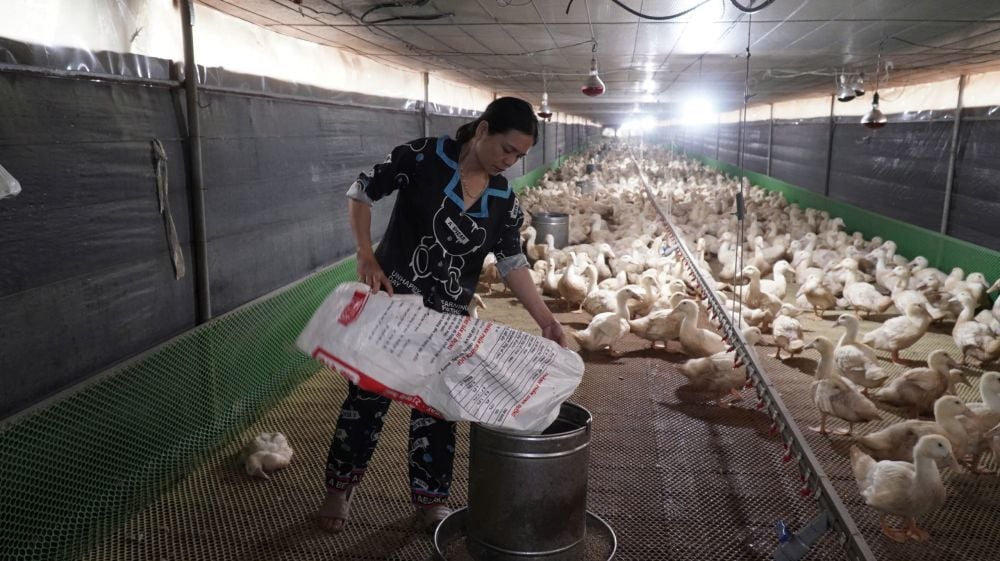

![[Photo] Panorama of the Opening Ceremony of the 43rd Nhan Dan Newspaper National Table Tennis Championship](https://vphoto.vietnam.vn/thumb/1200x675/vietnam/resource/IMAGE/2025/5/19/5e22950340b941309280448198bcf1d9)
![[Photo] Close-up of Tang Long Bridge, Thu Duc City after repairing rutting](https://vphoto.vietnam.vn/thumb/1200x675/vietnam/resource/IMAGE/2025/5/19/086736d9d11f43198f5bd8d78df9bd41)

![[Photo] General Secretary To Lam attends the conference to review 10 years of implementing Directive No. 05 of the Politburo and evaluate the results of implementing Regulation No. 09 of the Central Public Security Party Committee.](https://vphoto.vietnam.vn/thumb/1200x675/vietnam/resource/IMAGE/2025/5/19/2f44458c655a4403acd7929dbbfa5039)
![[Photo] President Luong Cuong presents the 40-year Party membership badge to Chief of the Office of the President Le Khanh Hai](https://vphoto.vietnam.vn/thumb/1200x675/vietnam/resource/IMAGE/2025/5/19/a22bc55dd7bf4a2ab7e3958d32282c15)
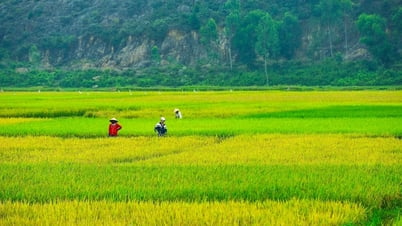


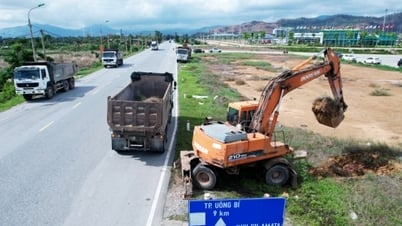

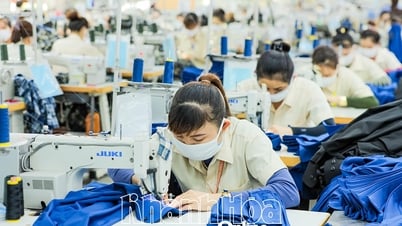



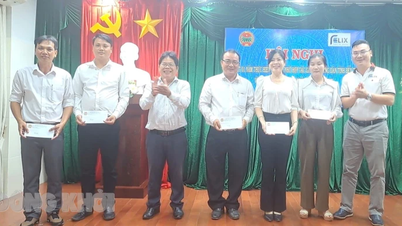





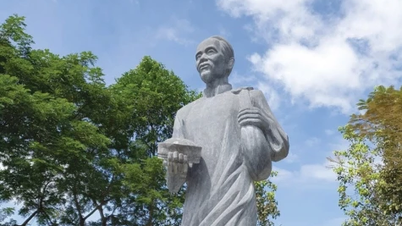
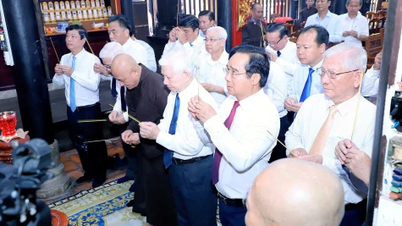
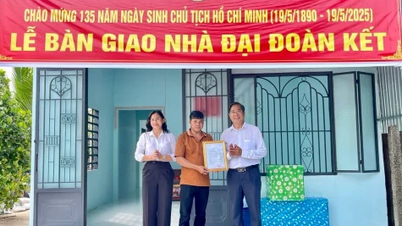

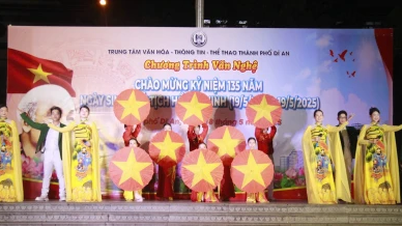
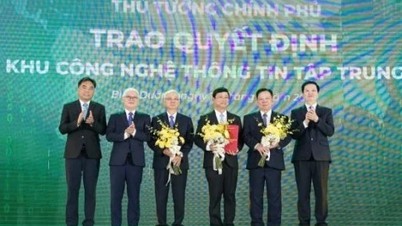
![[Photo] Prime Minister Pham Minh Chinh inspects the progress of the National Exhibition and Fair Center project](https://vphoto.vietnam.vn/thumb/1200x675/vietnam/resource/IMAGE/2025/5/19/35189ac8807140d897ad2b7d2583fbae)



















































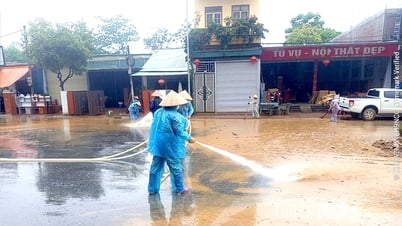







![[VIDEO] - Enhancing the value of Quang Nam OCOP products through trade connections](https://vphoto.vietnam.vn/thumb/402x226/vietnam/resource/IMAGE/2025/5/17/5be5b5fff1f14914986fad159097a677)



Comment (0)